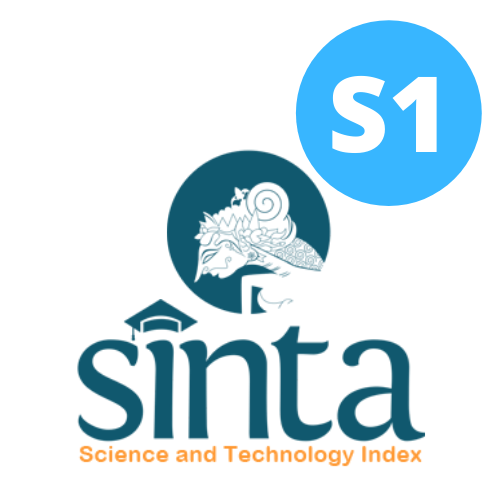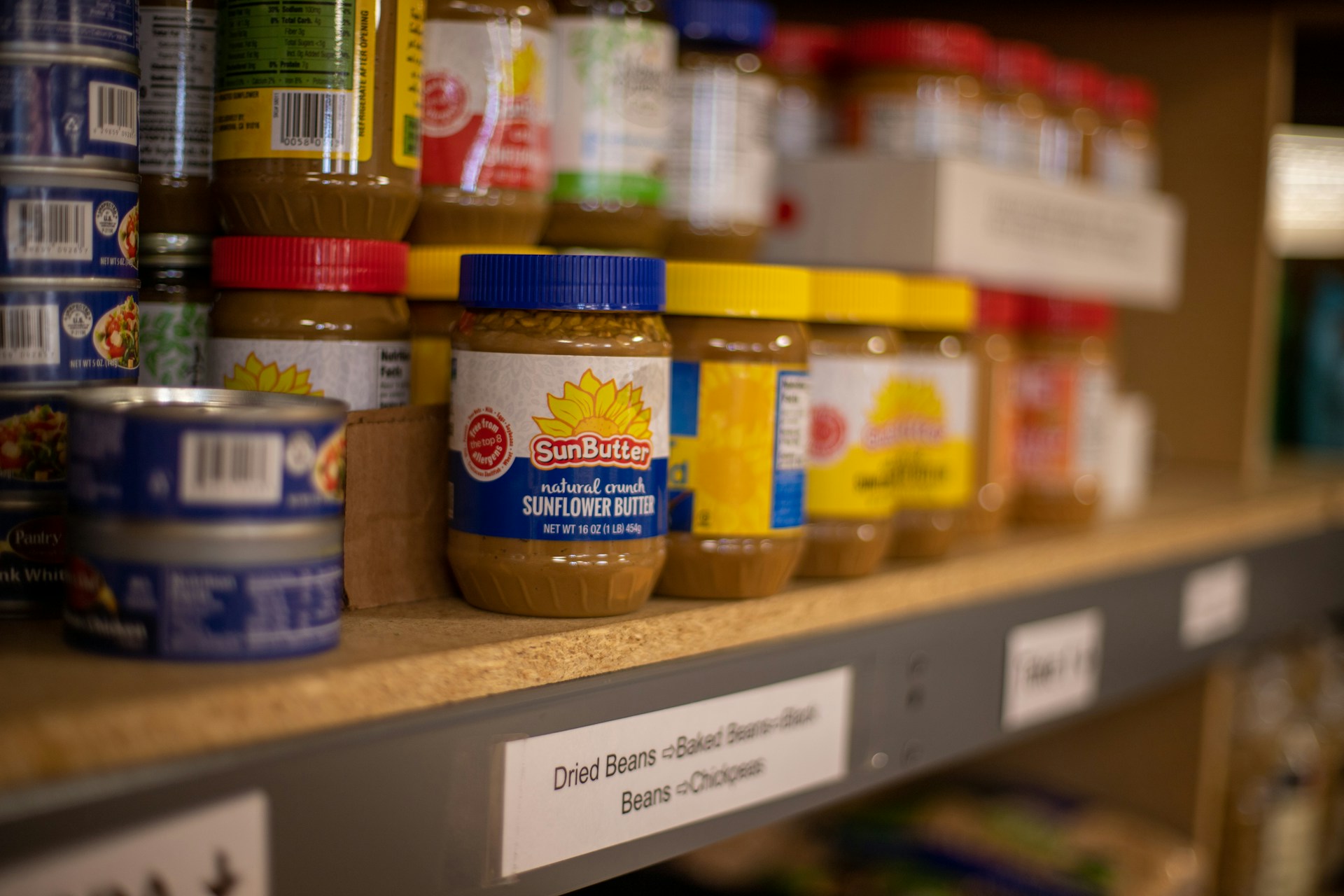The Effect of the Emo-Demo Method on Mothers' Knowledge, Motivation, and Self-Efficacy Regarding Exclusive Breastfeeding Practices in the Sumowono Community Health Center Working Area
Pengaruh Metode Emo-Demo terhadap Pengetahuan, Motivasi, dan Self-Efficacy Ibu Mengenai Praktik Pemberian ASI Eksklusif di Wilayah Kerja Puskesmas Sumowono

Downloads
Background: Breast milk is the main source of nutrition for newborns up to six months of age. Data from Statistics Indonesia (BPS) shows a decline in the number of infants receiving exclusive breastfeeding in Central Java. This study aimed to see the effect of the Emo-Demo method on mothers' knowledge, motivation, and self-efficacy regarding exclusive breastfeeding practices in the Sumowono Community Health Center Working Area.
Objectives: This study aimed to determine the effect of the application of the Emo-Demo method on mothers' knowledge, motivation, and self-efficacy regarding exclusive breastfeeding practices in the intervention and control groups.
Methods: The study employed a quasi-experimental pretest-posttest control group design, involving 71 respondents: 43 mothers in an intervention group and 28 mothers in a control group. The research instruments included an interview guide, research questionnaires, Emo-Demo method modules, a microtoise, and a digital scale. Data was analyzed using univariate and bivariate methods (Mann-Whitney and Wilcoxon tests).
Results: The Emo-Demo method improved mothers' knowledge and motivation, implying that there were significant effects on both knowledge (<0.001) and motivation (<0.001) between groups. In contrast, there were no significant effects on self-efficacy (0.070) and exclusive breastfeeding practices (0.439) between groups.
Conclusions: The Emo-Demo method was effective in measuring the knowledge and motivation of mothers in the Sumowono Community Health Center Working Area.
Fitriana, N., Raharjo, B. B. & Wijayanti, Y. Factors Analysis of Exclusive Breastfeeding through Breastfeeding Self-Efficacy in Pemalang. Public Health Perspectives Journal. 6, 2019 (2016).
Wardani, Y. S., Megawati, G. & Herawati, D. M. D. Asupan Gizi dan Pola Makan Ibu Menyusui ASI Eksklusif di Wilayah Kerja UPT Puskesmas Ibrahim Aji Kota Bandung. Jurnal Gizi Indonesia. 44, 65-76 (2021). DOI: https://doi.org/10.36457/gizindo.v44i1.456.
Retno Setyo Iswati, Hubaedah, A., Latifah, A. & Ningrum, N. P. Peningkatan Cakupan ASI Eksklusif Melalui Pelatihan Kader Kesehatan dengan Metode Emo Demo Siap Bepergian di Kelurahan Siwalankerto Kecamatan Wonocolo Kota Surabaya. Abdimas Toddopuli Abdimas Toddopuli Jurnal Pengabdian Pada Masyarakat. 1, 41-48 (2019). DOI: https://doi.org/10.30605/atjpm.v1i1.106.
Trenggonowati, D. L. & Kulsum, K. Analisis Faktor Optimalisasi Golden Age Anak Usia Dini Studi Kasus di Kota Cilegon. Journal Indoustrial Servicess. 4, 48-56 (2018). DOI: https://doi.org/10.36055/jiss.v4i1.4088.
Tren Pemberian ASI Eksklusif di Indonesia Terus Membaik dalam 4 Tahun Terakhir. https://databoks.katadata.co.id/datapublish/2023/08/10/tren-pemberian-asi-eksklusif-di-indonesia-terus-membaik-dalam-4-tahun-terakhir.
Gizaw, A. T., Sopory, P. & Morankar, S. Breastfeeding Knowledge, Attitude, and Self-Efficacy Among Mothers With Infant and Young Child in Rural Ethiopia. PLoS One 17, 1-16 (2022). DOI: https://doi.org/10.1371/journal.pone.0279941.
Rahmadhita, K. Permasalahan Stunting dan Pencegahannya. Jurnal Ilmu Kesehatan. Sandi Husada 11, 225-229 (2020). DOI: https://doi.org/10.35816/jiskh.v11i1.253.
Badan Pusat Statistik. Badan Pusat Statistik. 335-58 (2017). DOI: https://doi.org/10.1055/s-2008-1040325.
Widayanti, A. & Mawardika, T. Pengaruh Pendidikan Kesehatan ASI Eksklusif terhadap Breastfeeding Self-Efficacy Pada Ibu Menyusui. Jurnal Ilmu Ners Indonesia. 4, 177-188 (2023). DOI: https://doi.org/10.22437/jini.v4i2.27673.
Topothai, C. et al. Exclusive Breastfeeding Experiences of Thai mothers in Metropolitan Bangkok. International Journal of Women's Health. 14, 155-166 (2022). DOI: https://doi.org/10.2147/IJWH.S344389.
Larissa, U. & Rachmayanti, R. D. Emo Demo Education on Improving Maternal Knowledge. Indonesian Journal Public Health. 17, 451-461 (2022). DOI: https://doi.org/10.20473/ijph.v17i3.2022.451-461.
Salamah, U. & Prasetya, P. H. Faktor-Faktor yang Mempengaruhi Kegagalan Ibu dalam Pemberian ASI Eksklusif. Jurnal Kebidanan Malahayati 5, 199-204 (2019). DOI: https://doi.org/10.33024/jkm.v5i3.1418.
Suciati, S. & Wulandari, S. Faktor-faktor yang Mempengaruhi Pemberian ASI Eksklusif : literature review. Jurnal Ilmu Kebidanan 10, 1-6 (2020).
Saadah, N., Puspitasari, I. D. & Sumaningsih, R. The Effect of Providing Exclusive Breastfeeding Counseling on The Self-Efficacy of Breastfeeding Mothers. International Journal of Advanced Health Science and Technology. 4, 372-378 (2024). DOI: https://doi.org/10.35882/ijahst.v4i3.352.
Pratiwi, D. A., Alfitri, R. & Safitri, R. Hubungan Breastfeeding Self-Efficacy Terhadap Kesuksesan ASI Eksklusif di Total Life Clinic Surabaya. Journal of Public Health Innovation. 4, 410-416 (2024). DOI: https://doi.org/10.34305/jphi.v4i02.1099.
Global Alliance for Improved Nutrition (GAIN). Emo Demo - Home. https://emodemo.org/ (2021).
Meigasari & Rita Damayanti. Edukasi Emotional Demonstration (EMO DEMO) Terhadap Pemberian ASI Eksklusif Bagi Bayi. literature review. Media Publikasi Promosi Kesehatan Indonesia (MPPKI). 6, 781-787 (2023). DOI: https://doi.org/10.56338/mppki.v6i5.3323.
Ekasari, W. U. Pengaruh Umur Ibu, Paritas, Usia Kehamilan, dan Berat Lahir Bayi Terhadap Asfiksia Bayi Pada Ibu Pre Eklamsia Berat. Tesis 1-85 (2015). DOI: https://doi.org/1112.6045v1.
Wayan Armini, N., Ayu Surati, G., Mauliku, J. & Ayu Marhaeni, G. Education Using The Emo-Demo Method Increases Knowledge And Attitudes of Third-Trimenster Pregnant Women on Giving Exclusive Breast Milk. Jurnal Kesehatan Ibu dan Anak. 13, 103-110 (2019). DOI: https://doi.org/10.29238/kia.v13i2.418.
Efendi, R. Self Efficacy: Studi Indigenous Pada Guru Bersuku Jawa. Journal of Social and Industrial Psychology. 2, 61-67 (2013). DOI: https://doi.org/1112.6045v110.15294/sip.v2i2.2595.
Copyright (c) 2025 Amerta Nutrition

This work is licensed under a Creative Commons Attribution-ShareAlike 4.0 International License.
AMERTA NUTR by Unair is licensed under a Creative Commons Attribution-ShareAlike 4.0 International License.
1. The journal allows the author to hold the copyright of the article without restrictions.
2. The journal allows the author(s) to retain publishing rights without restrictions
3. The legal formal aspect of journal publication accessibility refers to Creative Commons Attribution Share-Alike (CC BY-SA).
4. The Creative Commons Attribution Share-Alike (CC BY-SA) license allows re-distribution and re-use of a licensed work on the conditions that the creator is appropriately credited and that any derivative work is made available under "the same, similar or a compatible license”. Other than the conditions mentioned above, the editorial board is not responsible for copyright violation.












































